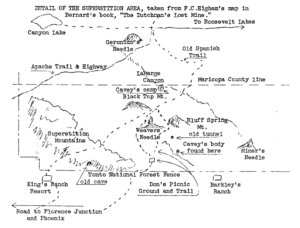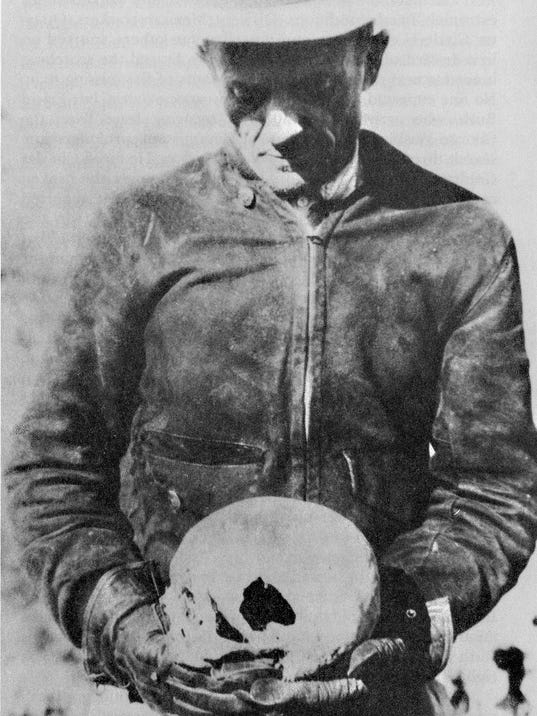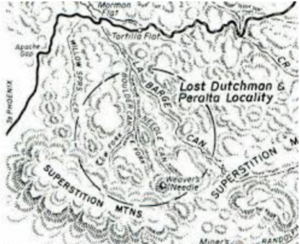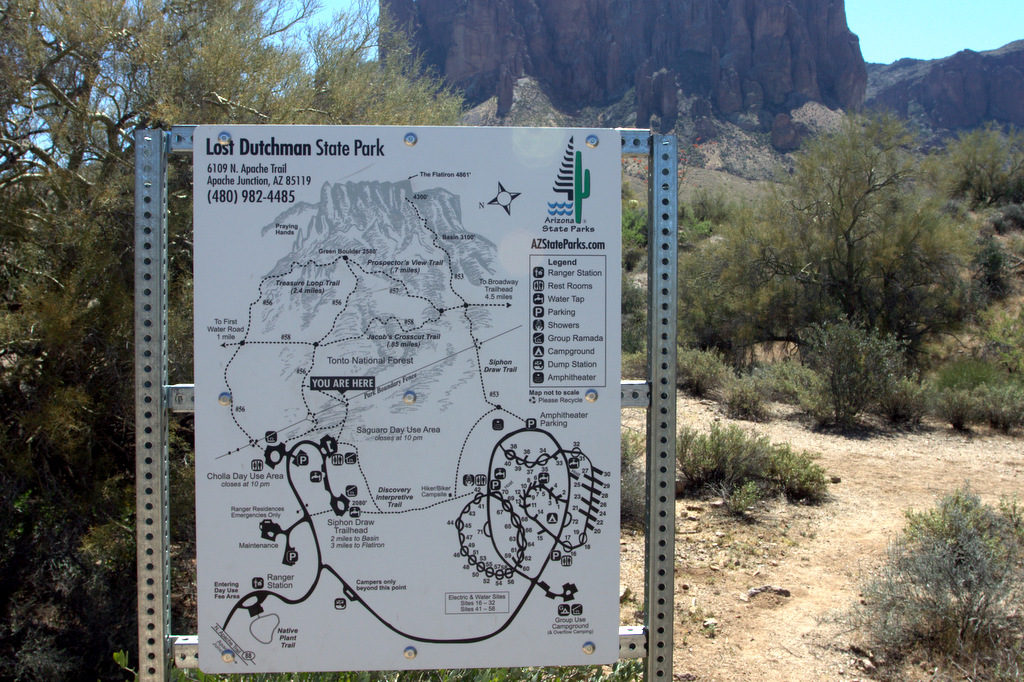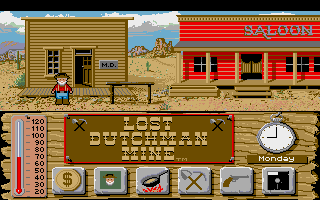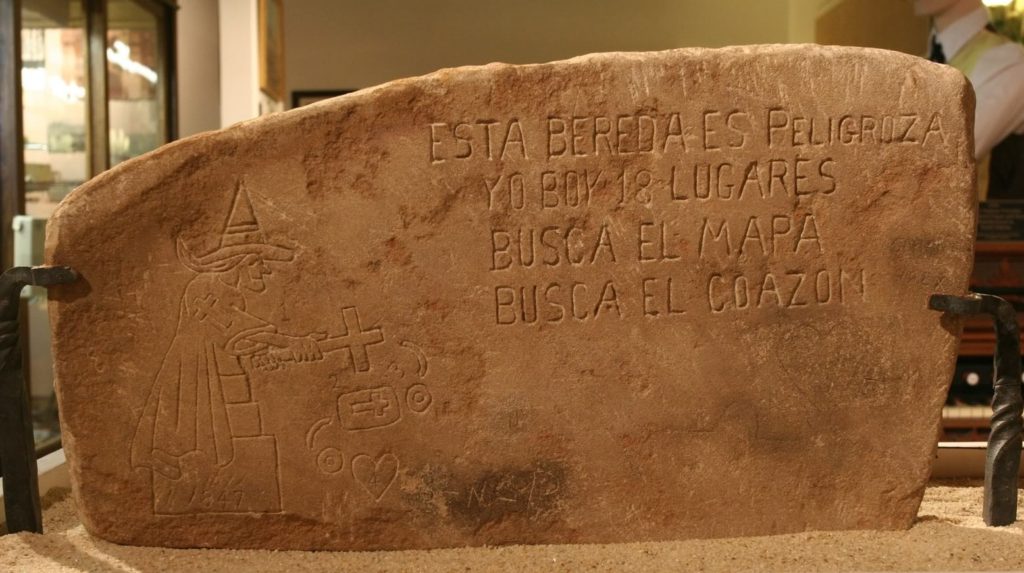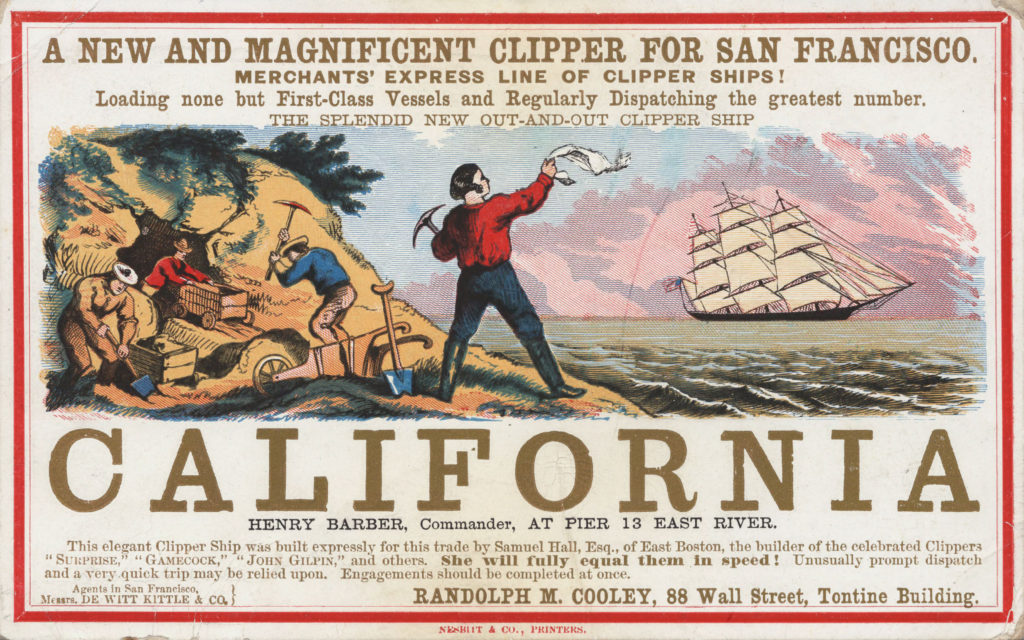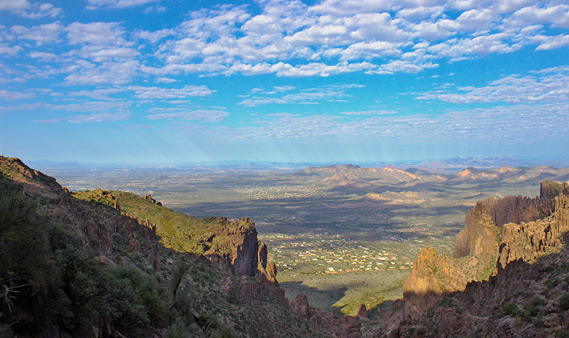Okay, I can practically hear Morgan’s eye-rolling from here. And Abby might even be a little annoyed at this topic. But I’ve got a duty to cover any and all things with this. And it has been a suggested theory, albeit one that basically everyone has ignored, that the energy of the mountain might have something to do with our missing girl. And by energy I mean these things a lot of people out here seem to believe in called vortexes.
I’ll give you a minute to get your laughs out. Vortexes are a huge part of the New Age culture out here. Thanks to crystal shops like the ones practically blanketing Sedona up north. But I’m giving you another thirty seconds to get your chuckles out before we continue…
Time’s up.
So, let’s start ley lines since they’re more broad. What are these suckers? Well, they’re basically like invisible alignments between places of geographic importance. For example, several manmade monuments might sit along a straight ley line several to hundreds of miles apart. One more concrete example is in England where a ley line is said to run through the ridge of Malvern Hill, through several natural springs, and into a well. It doesn’t sound that impressive, but it’s believed that these alignments follow a spiritual energy and our ancestors knew something about that.
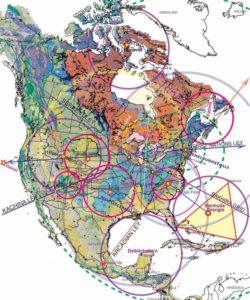
So what about vortexes? These are believed to be pockets of energy that can be the result of magnetism in ley lines. The really hardcore believers look at vortexes and think of them as places where the laws of physics won’t apply because the energy is that intense. Obviously that makes, like, zero sense given the Hawking definition of our universe means nothing can break the laws of physics (which is the reason backwards time travel isn’t a thing). But, if we humor this idea for a minute, many people believe vortexes can also be portals to another place.
This might have a little more grounding in reality, weirdly enough. There’s this thing called the many worlds interpretation that sounds like total science fiction, but a lot of scientists actually believe it’s possible. Basically, think of that episode of Doctor Who, “Turn Left” when Donna turned right instead of left and this whole other crappy alternative reality happened as a result. That’s the butterfly effect, that says one decision can alter the course of history. The many worlds interpretation says that there exists an infinite number of universes where you’ve made every choice you possibly could. If you got Qdoba for dinner last night there exists a world where you made the infinitely better choice and got Chipotle instead. Or McDonald’s. Or didn’t eat. Or maybe you died. For every option in life, there exists a version of you that took it.
So, our vortexes. Right now, it’s not possible to interact with these alternate realities (though some sci-fi writers think black holes might be a way to access them). But let’s say for a minute the gravitational effects of vortexes were true and it’s because there’s some kind of tear in spacetime (I know I sound super high right now guys), then it might be possible to find yourself trapped somewhere familiar but not the same at all.
Am I saying Rose got sucked into an alternate dimension through a ley line vortex? No. But I’ve given you the backstory on the more historical stuff, it was time to get a little out there when looking at theories.

